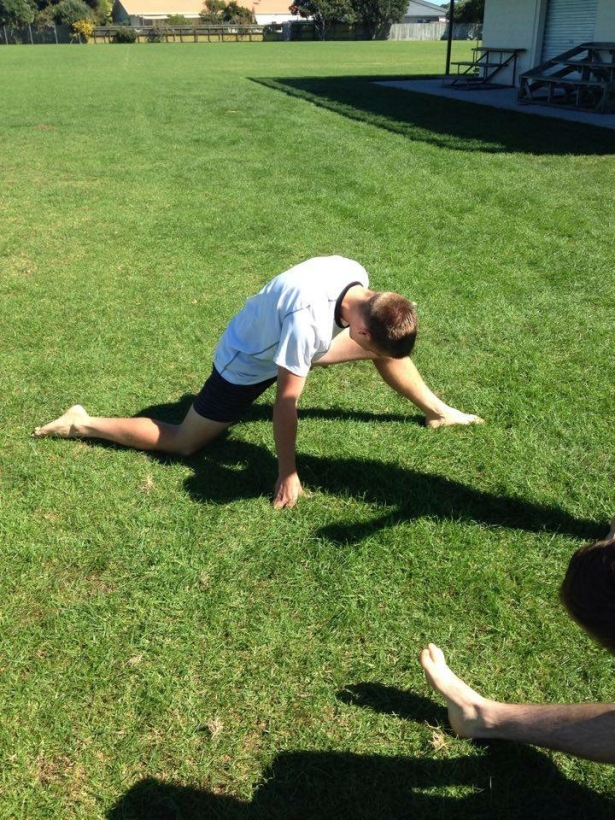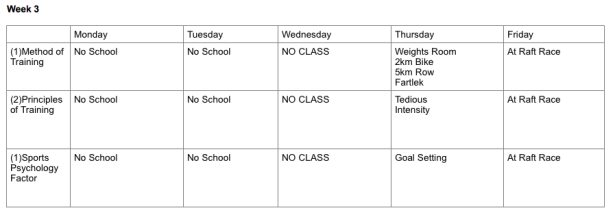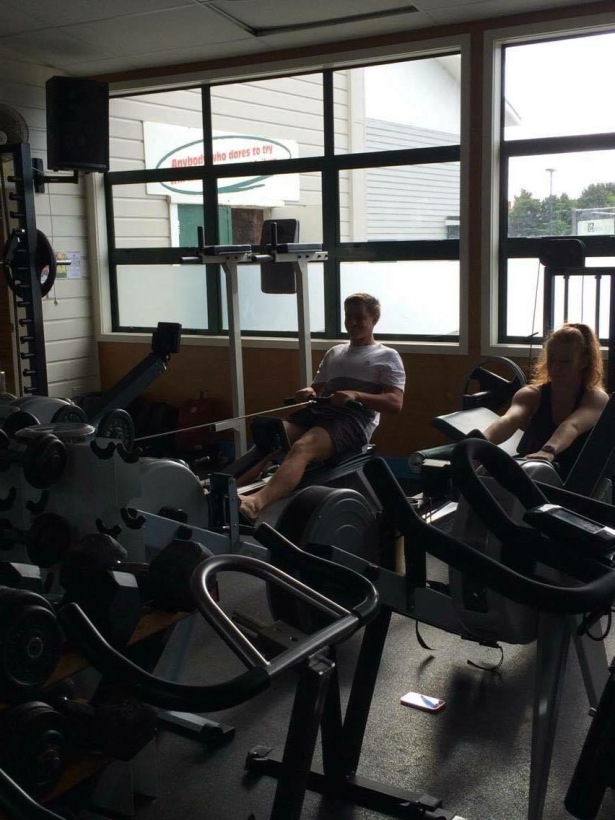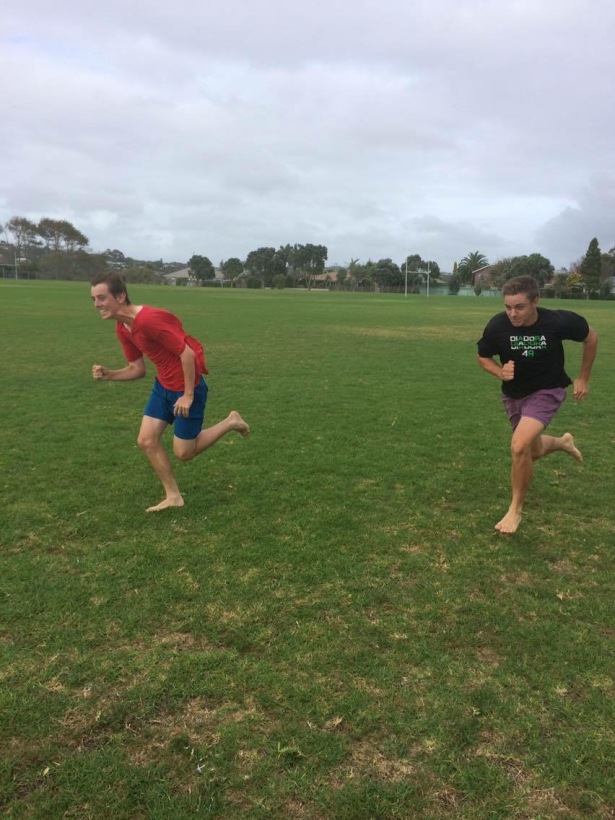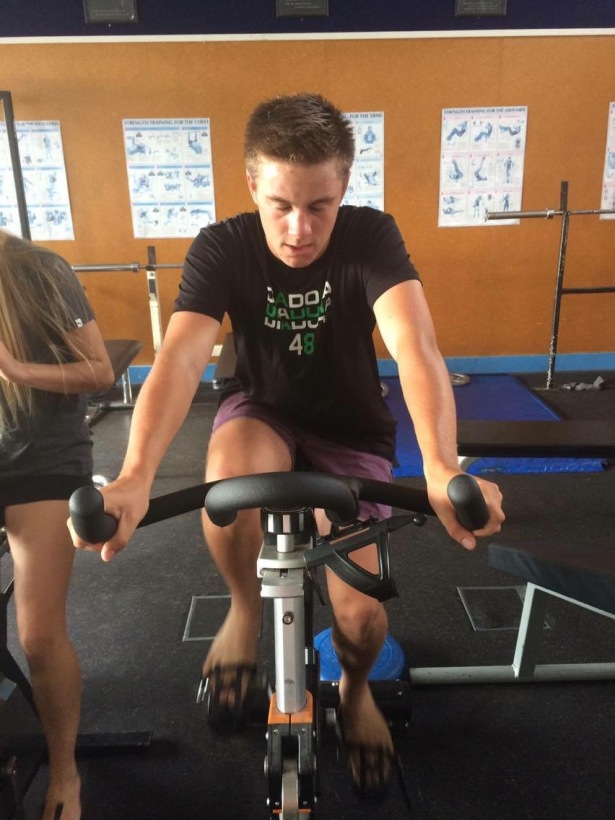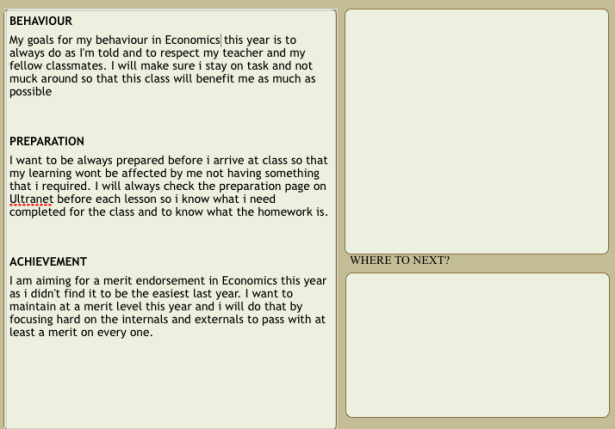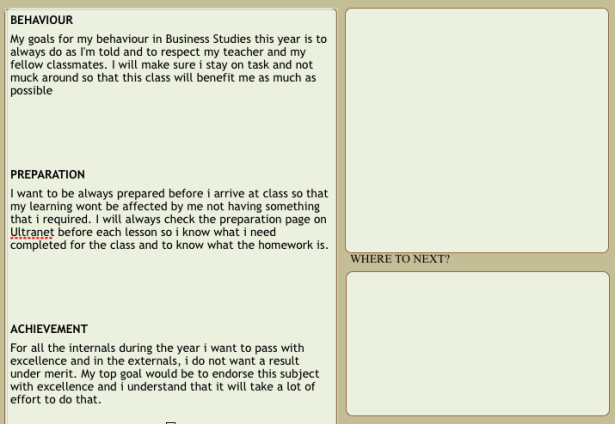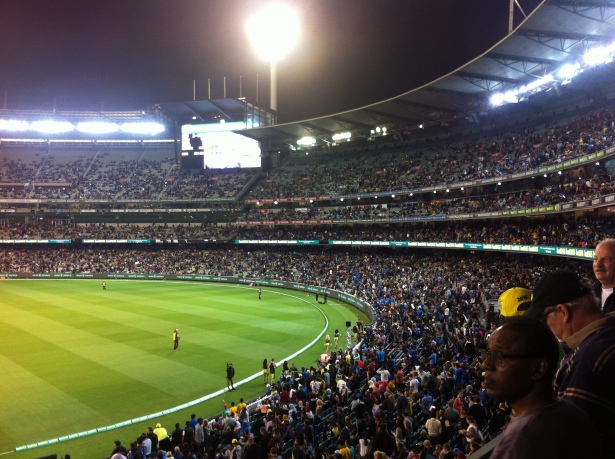Piece 1: Creative Writing
Statement of Intent
I am going to write a first person narrative story showing match day preparation that occurs for every budding cricketer around the world wanting to make it to the big time. I highlight what happens throughout the day and also the emotions that run through each and every player. It shows how people relate themselves to international greats and strive to be like them but when not everything goes the way they want it to, players each deal with it differently and Lucas deals with it in a negative way and believes his dreams are over for representing his country.
Match Day
Birds chirping, sun shining, and flowers gently waving in the cool breeze, make for the perfect setting for a day of cricket. I woke up to the sound of my thunderous alarm clock, “I’ve got to get a new one of them,” I say to myself as the tone lingers, also waking up my sleeping family. I pull back the curtains to see the wonderful weather for the day, the big day, the day of all days… It was my opportunity to play for the Junior National Side of Australia.
My parents were shouting at me from another room. Their voices coasted my eardrums, but I couldn’t make out what was being said. I was too focused. My excitement was unimaginable. The restless night I’d had concerned me, but that wasn’t going to stop me. Tendulkar, Lara, Ponting; my childhood heroes all hung proudly on posters on my wall for me to admire.
“This is my chance to refine my game Mum, I could be the next Tendulkar.“ My appetite craved an energizing breakfast. Bacon, eggs, hashbrowns, and a bowl of yoghurt. I scoff it down and charge back to my bedroom, packing my cricket bag with all my gear. I double check and I triple check, as I couldn’t afford to leave anything behind. Nerves strike as I walk out the door. Butterflies seem to full a gaping hole in my stomach. It all suddenly became so real, no longer a moment I could dream of to pan out as successfully as I liked. I needed to get to the grounds to prepare with my teammates for the crucial match that awaited.
As we drove slowly through the front gates of the stadium, I could see people standing underneath the main stand. My teammates were buzzing like bees, but looked like ants compared to the grand size of the building I was about to play in. The next hour felt like an eternity, as if all forms of time had been turned off. Sweat was already dripping all over my face after an intense preparation session, but the exhaustion didn’t fluster me at all for I knew that as soon as we stepped foot out in the middle I would be a bundle of energy rearing to go. We finalised tactics and strategies, but everyone had their own opinion as to how our performance in the batting innings could go.
“Stable platform from the openers.” said Greg, our premier fast bowler.
David said, “Aggressive approach from the very beginning.” These conflicting methods were complete opposites and I, as one of the opening batters, was now doubtful as to how I should proceed.
Aaron and myself left the changing rooms and began our long walk down the tunnel to the field, and there was an abundance of encouragement spoken. We reached the boundary rope and suddenly positivity stopped. The rope was bordered with nerves and I had a deep think about what would happen if I was to fail today. I took my time before stepping onto the field of play to gather my thoughts to attempt to persuade myself that it was all going to be perfectly okay.
“Come on Lucas, we’re going to get timed out soon,” demanded Aaron. At this point I realised that I had been overthinking it for too long, it was definitely time to get this innings underway. Aaron claimed that he would face first ball which I was reluctant to accept as I wanted that privilege. A hesitant “yes” escaped my mouth as if I was trying to say it underneath my own breath. A single off the first ball of the game, not a run I would generally take in all honesty, but the nerves I was facing made me run like a headless chicken. Judging by the first ball, there wasn’t anything special about the 6’4 bowler powerfully striding in at the speed of light. Slightly off putting sure, but I was confident.
“Centre please,” was a command I sent to the umpire so that I knew where to stand in comparison to the stumps. Looking straight back, I could see the bowler standing at the top of his run up, he was staring straight back at me like he knew he had the ability to get me out. Running in I could hear his heavy breathing until his point of release. The ball comes hurtling towards me, aiming directly for my body. I jump onto my back foot and get my bat up as soon as possible. I was extremely rushed and wasn’t aware enough to play a confident stroke. I hear a ‘snick’ as the ball just edges my bat. My eyes close, as I fear what I believe has just happened. Cheering soon followed by every player in the opposition’s team, and my head dropped with disappointment as I remained at the crease reflecting on my mistake. I was out.
Trudging off the field back into the tunnel as slow as a sloth climbing a tree, emotions were running high within me and I didn’t know what to do with myself. When I get out, I don’t generally like people talking to me, as I always need to cool down, but I crossed paths with our Number 3 batsmen who let out a quiet, “unlucky.” I entered the changing room and fortunately there was no one in there as the rest of the team was watching the game from the pavilion stand. The door creaked open and irritation swarmed. I didn’t want to see anyone. It was my dad, I heard his footsteps long before he came into sight.
He sat down beside me and said, “don’t worry about it son, there will be another opportunity.” Deep down inside me, I knew this was it. A golden duck. What selector would pick me again? My hopes of becoming the next Tendulkar were over, i just knew it.
Written By: Ryan Le Poidevin
Piece 2: Formal Writing
Statement of Intent
In this piece of writing I will be highlighting how effective the New Zealand tourism industry is on our economy. The purpose of this writing is to get a clear understanding of why New Zealand gains so much revenue from this sector along with how it can be improved to ensure there is even more economic growth in the country.
New Zealand Tourism
Do you travel to other countries? Or even have plans to? Tourism throughout the world is a major part of many peoples lives. Whether it is travelling overseas, or even visiting somewhere else in the same country, it has huge impacts on the economies of places and is an extremely key aspect when working out incomes for countries. New Zealand is seen around the world as a very friendly place for tourists, with many sights to see and many things to do all around the country. But is our tourism industry up to scratch? With an extra 9.2% of international tourist arrivals coming into New Zealand from 2014/2015 to 2015/2016 [1.], having the available funds for big projects is a necessity, as it is our biggest source of income from exports. New Zealand requires improvement in the tourism industry to stay up to date and be capable of catering for the increased number of visitors each year.
Tourism is such a crucial aspect for New Zealand’s economy, but what really is tourism? Tourism is the arrival of overseas individuals who stay in a place outside of their usual environment or country for a specific reason however not for longer than one year.[2.] Tourism impacts New Zealand’s economy significantly as in total, $24 million New Zealand Dollars is contributed by the tourism industry which impacts our country’s GDP and also the employment rate. 16% of New Zealand export earnings were caused by the tourism industry resulting in the UK newspaper, ‘The Telegraph’, to vote New Zealand as the best country in the world to go to for a holiday. This consequently boosted the arrivals into New Zealand dramatically, showing how important it is to our economy.[3.] Tourism allows for further economic growth with the expansion of the industry making openings for more jobs to arise, expanding the workforce in New Zealand from the standing 6% that is made up from tourism industry jobs. This serves as a huge positive to the country as a whole, as the increased number of visitors results in business success, making them produce goods and services at a more efficient rate to impact positively on the economy and its’ civilians. In 2012, New Zealand Tourism released a statement that over half of the international visitors took part in adventure activities which served the country with a $1.6 billion New Zealand Dollar injection into regions that are not known for tourism to improve them. This enables more of New Zealand to become known worldwide for different attractions increasing the number of tourists that arrive on our shores.[5.]
New Zealand offers various scenery, attractions, food and also the opportunity to meet kind hearted people. This is believed to be why New Zealand has such a high tourism rate. This is held especially true for residents from Australia, with approximately 45% of New Zealand’s arrivals coming from there purely due to the close distance between the two countries with quite opposing lifestyles, and also due to people’s relations with one another.[4.] The scenery and environmental factors that New Zealand has to offer is the biggest aspect as to why people come here. Places such as the Milford Sound, the quiet setting of nature with numerous walks that can be taken, is something that many countries aren’t able to make use of but New Zealand can dominate in. Tongariro Crossing is another amazing opportunity that most of the tourists take up. The sights that are achieved from scaling up the mountain are phenomenal and are known throughout the world, inspiring the tourism sector to continuously grow in New Zealand. Specific attractions in New Zealand also convince tourists to come here, such as the the Sky Tower in Auckland, geysers in Rotorua and also the jet boating and luge options in Queenstown. In particular seasons of the year, New Zealand also offers world class facilities for skiers and snowboarders such as Mt Ruapehu and also down in Queenstown which can be seen as the ‘economic boom,’ but in this case just for the tourism industry. These places are an extreme minority of all the options that are available for people to experience when they visit here which shows why the tourism industry serves as a massive source of income for the country and is a clear indication as to why each year the number of visitors increased. Word spreads quickly to even more people about all the wonderful things there are to do in New Zealand, bulking up the tourism sector as we know it even more for the better. However, all the sights and attractions can restrict tourists from seeing the country as a whole as they travel to a specific city to do something in particular. This is where New Zealand can make themselves separate and distinct from the rest of the world, as we offer numbers opportunities such as cruises around the country and also length of the country bus tours that stop off at the big towns and ports that are key areas for the tourism industry to continue making the money that it does currently, if not more. This improved the financial aspect of the economy from the increasing amount of income from tourism exports.
For the continuous rise in tourists, New Zealand is forced to keep updating facilities to accommodate for the increased number of visitors. This results in more investment from the financial sector into firms so that they can increase their potential output in the economy to cater for more consumers that are in the country, especially during the New Zealand summer and ski seasons. This ongoing growth method means that New Zealand has to keep on top of all the finances to ensure there will be enough money to afford the upgrades that are required so that there is sufficient accommodation within the country for all tourists at a fair and reasonable price. Another aspect that I believe New Zealand can improve on is the transport sector in the tourism industry. I think there should be more bus operational systems or taxis to allow tourists to get around as much of New Zealand as possible for an affordable price, so that it encourages them to tell everything from their homeland to visit and it may make them want to come back again. A more updated bus that travels the length of the country stopping at the majority of the main cities would be beneficial, along with more knowledgeable drivers that can explain to the tourists about multiple places. Although this is already in action within the tourism industry, it is an area that I believe can be dramatically improved as there is a common problem going round signifying that New Zealand’s infrastructure and transport may not be quite up to par considering the huge jumps in international visitor levels.
Although the fact that there is room for improvement, New Zealand’s tourism is known all around the world for very positive reasons. The rise in visitors each year only creates more economic growth for the country which will continue as each year passes and sees the world’s population getting larger yet again. This all shows how well off our country is for supplying such high potential offerings for the rest of the world that many do make use of. The tourism industry is a huge aspect of the New Zealand economy and is crucial in the development of our great country due to the need for the income the sector creates as it can reimburse others that are not progressing as well as New Zealand Tourism.
By Ryan Le Poidevin
Bibliography
[2.]
https://www.go2hr.ca/bc-tourism-industry/what-tourism
[3.]
https://en.wikipedia.org/wiki/Tourism_in_New_Zealand
[4.]
https://en.wikipedia.org/wiki/Tourism_in_New_Zealand
[5.]


